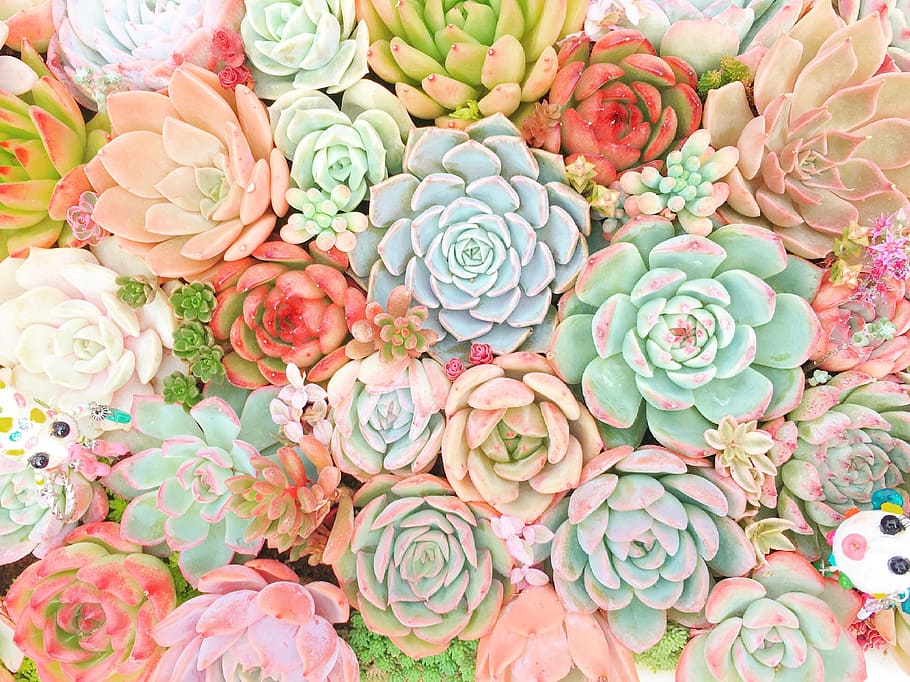Succulent Care Tips
Succulents are a type of plant that have become increasingly popular in recent years. They are known for their unique shapes, colors, and textures, as well as their ability to store water in their leaves, stems, and roots. Succulents are low maintenance plants that can thrive in a variety of environments, making them an excellent choice for both indoor and outdoor gardening. In this post, we will discuss some of the most popular types of succulents and the best practices for caring for them.
Types of Succulents:
Echeveria: This is one of the most popular types of succulents. It is characterized by its rosette-shaped leaves that come in a variety of colors, including green, pink, red, and purple. Echeveria plants require bright sunlight and well-draining soil to thrive.
Crassula: This succulent is also known as the Jade plant and is recognized for its small, round leaves that grow on thick stems. Crassula plants prefer bright, indirect sunlight and well-draining soil.
Aloe: Aloe plants are known for their medicinal properties and are often used to treat burns and other skin conditions. They have long, pointed leaves that grow from a central rosette and require bright sunlight and well-draining soil.
Haworthia: Haworthia plants are similar in appearance to Aloe plants but are smaller in size. They have thick, pointed leaves that grow in a rosette and prefer bright, indirect sunlight and well-draining soil.
Sedum: Sedum plants are often referred to as stonecrop and are recognized for their small, fleshy leaves that grow on trailing stems. They require bright sunlight and well-draining soil.
Kalanchoe: Kalanchoe plants have thick, fleshy leaves that come in a variety of colors, including green, pink, and red. They require bright sunlight and well-draining soil.
Caring for Succulents:
Light: Most succulents require bright sunlight to thrive. However, it is essential to protect them from direct sunlight, which can scorch their leaves. Indoor succulents can be placed near a sunny window, while outdoor succulents should be planted in a spot that receives partial to full sun.
Watering: Succulents are known for their ability to store water in their leaves, stems, and roots. Therefore, they do not require frequent watering. Overwatering can be detrimental to succulents, as it can lead to root rot. A good rule of thumb is to water your succulents when the soil is completely dry. It is essential to water deeply, allowing the water to soak into the soil.
Soil: Succulents require well-draining soil to prevent water from accumulating around their roots. A good potting mix for succulents should be a mixture of sand, perlite, and peat moss. Alternatively, you can purchase pre-mixed soil designed specifically for succulents.
Fertilizer: Succulents do not require frequent fertilization. However, you can feed them with a diluted, water-soluble fertilizer during the growing season. Be careful not to over-fertilize, as this can lead to burned leaves.
Pruning: Succulents do not require frequent pruning. However, if you notice any dead or damaged leaves, you should remove them to prevent disease from spreading to other parts of the plant.
In conclusion, succulents are a versatile and low-maintenance plant that can add beauty to any home or garden. With the right care and attention, they can thrive for years to come. When choosing a succulent, be sure to research its

Comments
Post a Comment